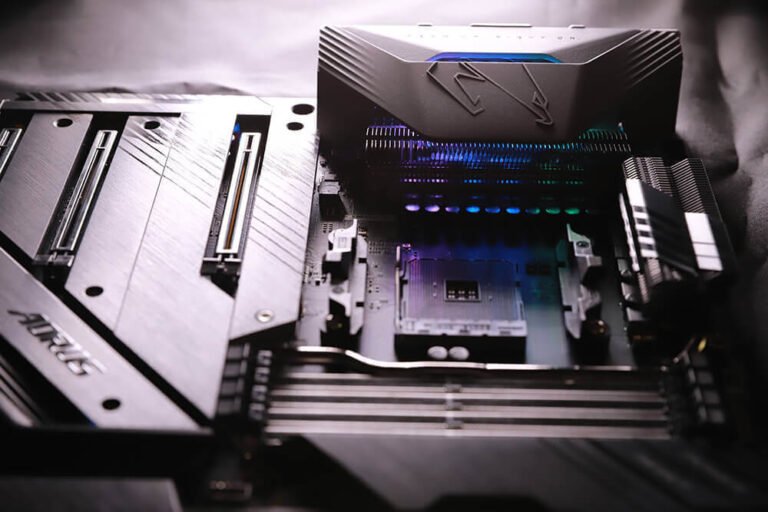Using light to see the vein is one of the oldest and most popular methods. It is used in many medical facilities today. The light is shone on the area to be examined, and the shadow of the veins becomes visible.
Using light to see veins for procedures like venipuncture or phlebotomy, can help you find a better site even if the veins are small.
By shining a light against the patient’s skin, you can make it easier to see the veins and choose an appropriate spot for your injection.
This guide will teach you how to use light to see veins for injection so that you can give your patients the best care possible.
There are two main ways to use light to see veins. The first is to use a direct light source, such as a flashlight. The second is to use an indirect light source, such as a lamp.
1. Using a direct light source:
To use a direct light source, such as a flashlight, you’ll have to follow the steps given below:
- Turn off all the lights in the room so that it is completely dark.
- Place the light source about 6 to 12 inches away from the skin surface.
- Angle the light so that it is shining directly onto the skin.
- Look for the shadow of the veins.
- Once you’ve found the veins, you can now proceed to insert the needle.
2. Using an indirect light source:
- To use an indirect light source, such as a lamp, you’ll have to follow the steps given below:
- put your hand/arm or any other body part that you want to examine, under the lamp.
- The shadow of the veins will be visible on the skin surface.
- Proceed to insert the needle into the vein.
Both of these methods are effective in seeing the veins. However, the first one is more commonly used because it is easier to do and is much more effective.
Other Methods of Locating Veins
Apart from the two above, there are other ways that can be used to locate veins. Some of these methods are:
Using a tourniquet: A tourniquet is a device that can be used to constrict the blood flow in a particular area. This makes the veins more visible and easier to locate. You can easily find a tourniquet at any medical supply store.
Palpation: Palpation is the process of feeling for something with the hands. In this case, you will have to feel for the pulse in the arteries as this will give an indication of where the veins are located. The advantage of this methods is that you don’t need any device for this.
Vein Finder: A vein finder is a special device that uses infrared light to locate veins. It is mostly used by medical professionals. A vein finder is one of the most accurate methods to locate veins. You can find a vein viewer devices at most medical supply stores or online at the brand’s official website.
Why Does It Matter How You Locate Veins?
Have you ever wondered why it matters how you locate veins? If you’re a medical professional, then chances are good that you already know the answer. But for the rest of us, the reason might not be so obvious. Here’s a quick explanation.
When medical professionals need to draw blood or give an injection, they need to be able to find the right vein. If they can’t locate the vein correctly, then they could end up causing pain, bruising, or even serious complications. That’s why it’s important to learn how to properly locate veins.
There are a number of different ways to locate veins. Some methods are more accurate than others. The most important thing is to find a method that works well for you.
Whether you’re a medical professional or not, it’s always a good idea to know how to locate veins. You never know when you might need to give someone an injection or draw blood. And if you ever do, you’ll be glad you know how to do it correctly.
FAQs
Is there any danger in using light to see veins?
No, there is no danger in using light to see veins. This is a common method used by medical professionals to locate veins.
Which color of light is best for seeing veins?
There is no definitive answer to this question. Different colors of light can be used to see veins. It really depends on what you’re comfortable with. However, it’s always suggested to use lights with shorter wavelengths to locate veins.
Can a light be used to locate hard-to-find veins?
Normal light sources, such as a flashlight might not be sufficient to locate hard-to-find veins. In such cases, other methods, such as a tourniquet or a vein finder, might be required.
How do I know if I’m using the right light to see veins?
If you’re not sure whether or not you’re using the right light to see veins, then it’s always best to consult with a medical professional. They will be able to help you choose the right light source for your needs.
How many lumens of light do you need for finding veins?
There is no definitive answer to this question. The amount of light needed will depend on the person and the specific situation. In general, it’s always best to use a light with a higher lumen output.
Takeaway
By shining a light on your skin, you can create a contrast between the dark veins and the lighter surrounding tissue. This can be especially useful when trying to find a vein on the wrist or hand.
Of course, this won’t work if your veins are hidden deep beneath the skin as these can only be found with a vein finder, but it’s worth a try if you’re looking for an easy and painless way to locate a vein. So next time you need to find a vein, grab a flashlight and give it a try.







